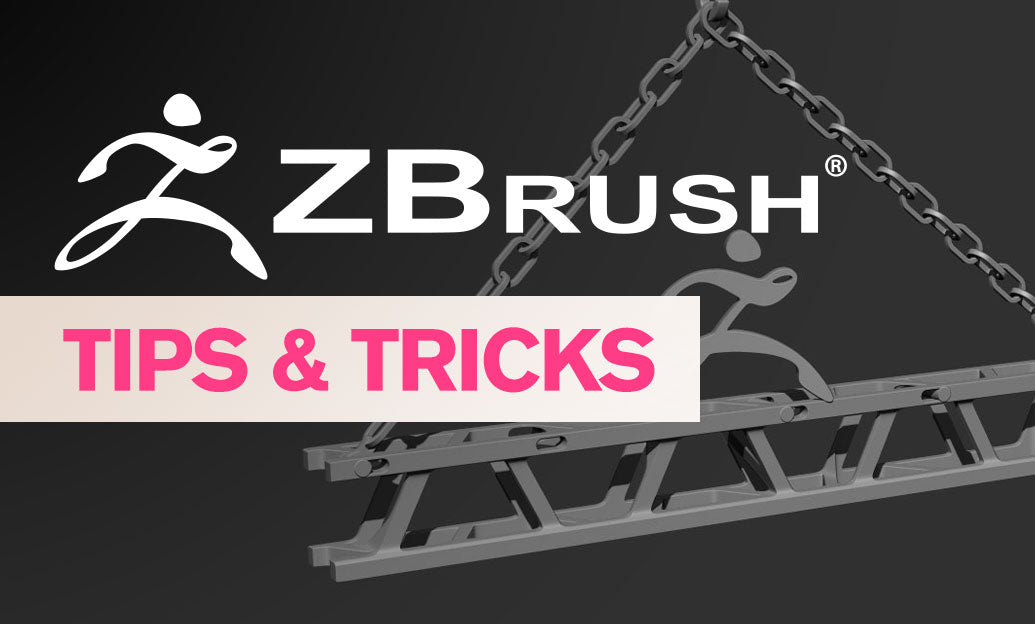Your Cart is Empty
Customer Testimonials
-
"Great customer service. The folks at Novedge were super helpful in navigating a somewhat complicated order including software upgrades and serial numbers in various stages of inactivity. They were friendly and helpful throughout the process.."
Ruben Ruckmark
"Quick & very helpful. We have been using Novedge for years and are very happy with their quick service when we need to make a purchase and excellent support resolving any issues."
Will Woodson
"Scott is the best. He reminds me about subscriptions dates, guides me in the correct direction for updates. He always responds promptly to me. He is literally the reason I continue to work with Novedge and will do so in the future."
Edward Mchugh
"Calvin Lok is “the man”. After my purchase of Sketchup 2021, he called me and provided step-by-step instructions to ease me through difficulties I was having with the setup of my new software."
Mike Borzage
V-Ray Tip: Maximizing V-Ray for Revit: Essential Tips for Architectural Visualization Excellence
July 07, 2024 2 min read

As architects and designers continue to embrace digital visualization techniques, the integration of powerful rendering tools like V-Ray for Revit becomes an essential part of the workflow. NOVEDGE, an authorized reseller, offers V-Ray for Revit, which enables professionals to create high-quality visuals directly within Revit. Here are some tips to maximize your V-Ray for Revit experience:
- Utilize V-Ray’s Camera Settings: Adjust the camera settings to control the composition and mood of your renders. Parameters like ISO, shutter speed, and aperture can be fine-tuned to mimic real-world camera effects.
- Leverage the Material Editor: Take advantage of the Material Editor in V-Ray for Revit to customize materials to your exact specifications. This will greatly enhance the realism of your project.
- Explore Lighting Options: Good lighting can make or break a render. Experiment with various lighting solutions, such as the V-Ray Sun and Sky system, IES profiles, or image-based lighting (HDRI) to get the desired effect.
- Employ Real-Time Rendering: Use V-Ray Vision for real-time visualization, allowing you to view changes as you make them within Revit. This can significantly speed up the design and review process.
- Quality vs. Speed: Balance rendering quality with speed by adjusting output settings. Use draft modes for quick previews and save high-quality renders for final presentations.
- Use V-Ray Proxies: When working with complex models or large scenes, proxies can help maintain performance by simplifying the geometry during interactive rendering and only loading full detail during final renders.
- Rendering Passes: Render in passes to have more control in post-production. V-Ray for Revit allows you to render different elements like reflections, shadows, and lighting separately, which can be composited later for greater flexibility.
- Optimize Render Settings: Make use of the ‘Preset’ options in the render settings dialog. These presets provide a starting point for rendering, and you can tweak them further to suit your specific needs.
- Enhance with Post-Processing: Utilize the V-Ray Frame Buffer for post-processing directly within the V-Ray for Revit interface, adding effects such as exposure, contrast, and color balance without the need for additional software.
- Stay Organized: Use Revit's ‘View Templates’ to manage different render settings and maintain consistency across multiple views or iterations of the same view.
By incorporating these tips, architects and designers can effectively use V-Ray for Revit to create stunning, realistic visualizations that will impress clients and stakeholders alike. For purchasing or more information about V-Ray for Revit, reach out to NOVEDGE, where you can find a wealth of resources and expert advice to enhance your rendering projects.
```You can find all the V-Ray products on the NOVEDGE web site at this page.
Also in Design News

ZBrush Tip: Mastering the Chisel Organic Brush for Realistic Digital Sculpting in ZBrush
February 18, 2025 2 min read
Read MoreSubscribe
Sign up to get the latest on sales, new releases and more …




